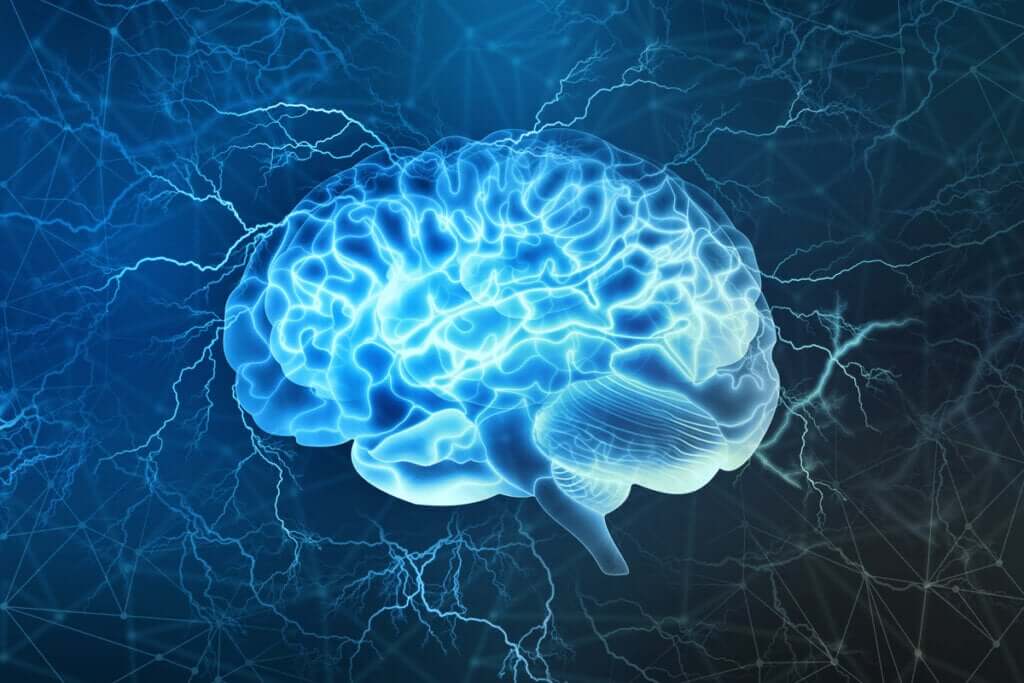REM phase, non-REM phase, delta waves, theta waves, K?Sleep cycles are a fascinating and vital process for humans. As Friedrich Nietzsche pointed out, sleeping well is not just any art, it requires being awake all day, and when we finally do, the mind gives us what we have: dreams.
However, as we well know, in recent decades we have almost become an insomniac society, approximately 40% of the population suffers from sleep disorders and 90% suffer at some point in the year trouble sleeping well at night. and certain habits such as intensive use of technologies affect our sleep hygiene.
- Therefore.
- It is very interesting to understand what happens in the brain during those hours when its only purpose is to provide us with a deep sleep.
- And in the end it is during the night that it can perform these essential physical and health tasks.
- Psychological well-being.
- Such as fixing memories.
- Purifying toxins.
- Removing irrelevant information and data.
- Etc.
Let’s delve a little de further into the world of sleep cycles
Night cycles go through five very specific phases, each lasting about 90 minutes, which means that every night we do an average of 5 or 6 cycles, waking up in the middle of one of these phases and not reaching the REM phase involves waking up tired, confused and with little energy in the morning.
We must maintain a sustained rest during these five phases, which must be repeated at least 4 times, or 4 cycles. Sleeping less than 5 hours means not giving the brain enough time to perform its tasks and ‘reboot’.
Now let’s see what defines each of these sleep cycles
This first phase is characterized by this slight drowsiness in which we feel more relaxed and at ease in bed. It lasts about fifteen or twenty minutes and defines that very fine line between wakefulness and sleep. If we did an EEG, the brain would show theta waves (3. 5-7. 5Hz).
Here breathing starts beating, the heart rate is lower and we continue to show theta waves, the only difference is that so-called K waves or spindles are already appearing. These frequencies, which usually range from 12 to 14 Hz (very slow), achieve something very relevant: they prevent us from waking up.
Similarly, it is common for a curious phenomenon to occur in this second stage of the sleep cycle, which is still very familiar to us, we refer to those experiences in which we dream of falling, this sensation is produced by a low heart rate. .
The brain needs to check that everything is fine, that it still has control of the body and that, therefore, it sends a sudden stimulus that our mind interprets in the same way, as if we were experiencing a fall.
We are, so to speak, at the equator of our sleep cycle, this phase is short, lasts only 5 minutes and is essentially defined by one aspect: theta waves or slow waves are reduced so that delta waves appear, which are of greater intensity At this stage, experiences of sleepwalking are also common.
We are already advancing in our sleep cycle to a deeper stage, lasting between 20 and 30 minutes, here it is very difficult to wake up; the brain is in a state of activity in which delta waves take full control and rest is actually restorative at all levels.
If we wake up at this point, we’ll be exhausted, confused and in some mental fog, something that people with insomnia experience. Often, they don’t make it to this fourth stage.
We have reached the most decisive level of night rest and, in turn, more interesting, the REM phase is not only that moment when dreams and nightmares arise, this phase in which we open the door of sleep, here the theta brain waves are recovered. control, so in an EEG we would see the same activity as when we are awake, all this is due to the great activity that the brain is doing right now.
The REM phase, also known as REM sleep, occupies about 25% of our sleep cycle, while the previous phases, called slow or non-REM sleep phases, occupy the rest, so the entire architecture of night rest (under normal conditions) is configured. up to a process of about 90 minutes.
It is said under normal conditions because the use of medications to treat sleep disorders changes this cycle, this flow of steps and brain waves.
Ideally, the healthiest and most beneficial thing at all levels is to offer us a natural rest, taking care of factors such as stress, schedules, food, exposure to blue light appliances, as well as taking care of simple aspects such as the proper temperature of the room.
To sleep well is to live well. Knowing the cycles of sleep and trying to follow these 5 steps will guarantee our well-being.

